Using Input/Output Tables to Round Numbers
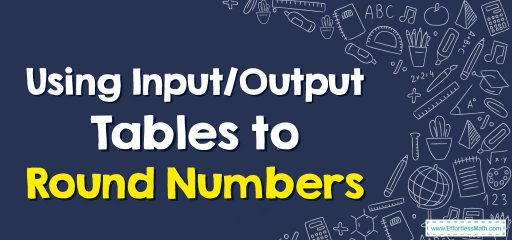
Original price was: $109.99.$54.99Current price is: $54.99.
Original price was: $109.99.$54.99Current price is: $54.99.
| In | Out |
| 189 | 200 |
| 256 | 300 |
| 738 | 700 |
| 108 | 100 |
Original price was: $29.99.$16.99Current price is: $16.99.
Related to This Article
More math articles
- Top 10 Free Websites for CHSPE Math Preparation
- FREE 3rd Grade NYSE Math Practice Test
- 8th Grade SBAC Math Practice Test Questions
- How to Multiply and Divide Complex Numbers? (+FREE Worksheet!)
- 5th Grade MCAS Math Worksheets: FREE & Printable
- Full-Length ASVAB Math Practice Test
- 5th Grade Wisconsin Forward Math Worksheets: FREE & Printable
- How to Construct the Incircle of a Triangle
- How to Find Vague Limits by Change of Function’s Value
- The Best Math Apps to Make Learning Easier
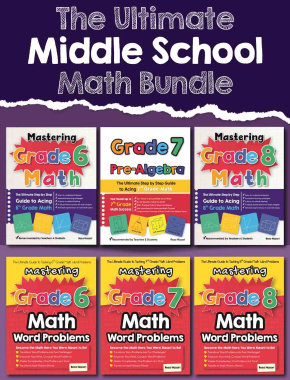

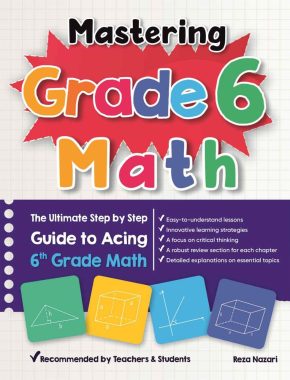
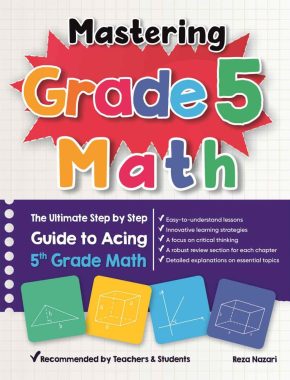
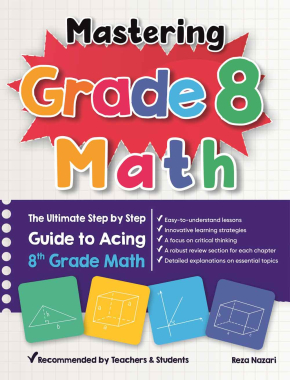
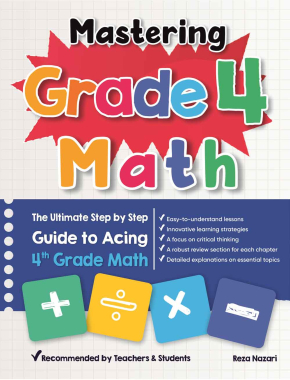
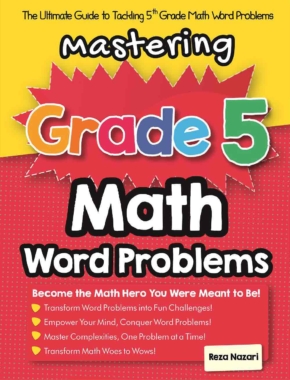
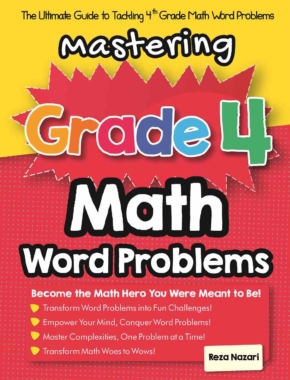




















What people say about "Using Input/Output Tables to Round Numbers - Effortless Math: We Help Students Learn to LOVE Mathematics"?
No one replied yet.